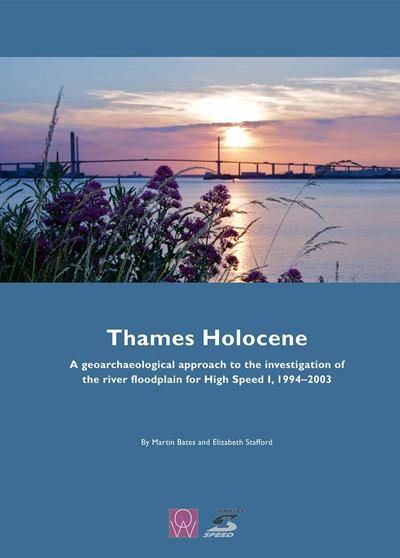Chapter in the new High Speed 1 monograph on the Thames Estuary corridor

Dr Michael Grant is co-author on a chapter within the new archaeological monograph "Thames Holocene: A geoarchaeological approach to the investigation of the river floodplain for High Speed 1, 1994-2004"
Work undertaken by Dr Michael Grant, as part of the High Speed 1 archaeological investigations, features in a new archaeological monograph published today. This specific work relates to the Lower Lea Valley (Chapter 7) and the investigations undertaken as part of the construction of the Stratford Box International Hub and Temple Mills Depot. This work builds upon the previous investigations in the area as part of the Olympic Park development.
The monograph itself details the archaeological investigation of the route of High Speed 1 (HS1; formerly the Channel Tunnel Rail Link) through the Thames Marshes, presenting the innovative approaches to archaeological mitigation that were required in order to find and reach the deeply buried, but highly significant, palaeoenvironmental and geoarchaeological sequences. Key amongst these are extensive remains excavated in the Ebbsfleet Valley, Mesolithic flint scatters at Tank Hill Road, Aveley, and Late Upper Palaeolithic and Neolithic scatters on Swanscombe Marsh. Other sites described here include an in situ Early Neolithic flint scatter and evidence of seasonal Roman and medieval activity on Rainham and Wennington Marshes. As important, in addition to the archaeological results, this work also presents the methodological approach that was adopted for the investigation of approximately 18km (17%) of the HS1 route across an area of thick alluvium.